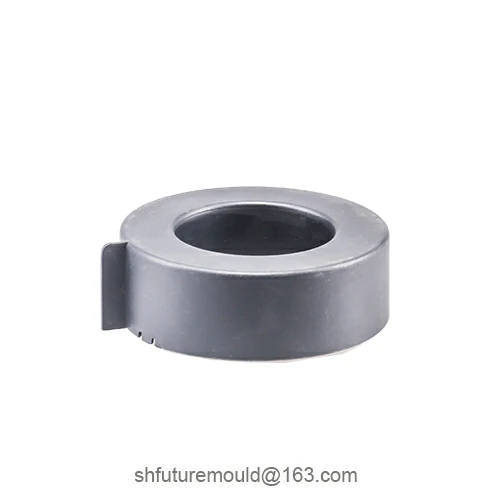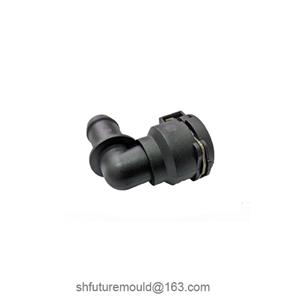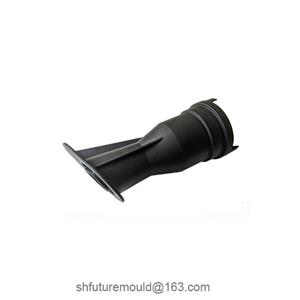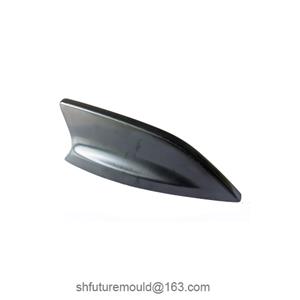Do You Understand the Precision of Mold Processing Equipment?
The precision of mold processing equipment is a core element that determines the quality of the mold, directly affecting the molding effect, dimensional stability, and production efficiency of the product. With the increasing demand for precision and miniaturization in the manufacturing industry, equipment precision has become an important indicator of the mold industry's competitiveness.
Equipment Types and Precision Ranges:
CNC Machining Centers: Positioning accuracy typically needs to reach ±0.002mm, and repeated positioning accuracy ±0.001mm;
Electrical Discharge Machining (EDM): Surface roughness Ra≤0.4μm, cavity size error ≤0.01mm;
Precision Grinders: Flatness error must be controlled within 0.003mm/m.
Key Factors Affecting Precision:
Thermal Deformation: The deformation caused by temperature fluctuations during equipment operation (such as the thermal elongation error of the spindle can reach 0.005mm);
Material Rigidity: The difference in seismic performance between cast iron bed and linear guide rails;
Servo System: The encoder resolution needs to reach the nanometer level (such as 0.1μm level grating ruler).
Precision Testing Methods:
Coordinate Measuring Machine (CMM): Detects geometric tolerances;
Laser Interferometer: Calibrates positioning accuracy (such as ISO 230-2 standard);
Ballbar: Analyzes circular trajectory errors.
- Injection Mold
- Automotive Injection Mold
- Electronics & Electrical Injection Mold
- Consumer Goods Injection Mold
- Airplane Components Injection Mold
- Medical Components Injection Mold
- Irrigation Components Injection Mold
- Injection Molds




